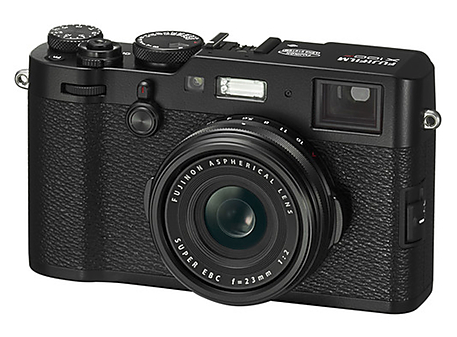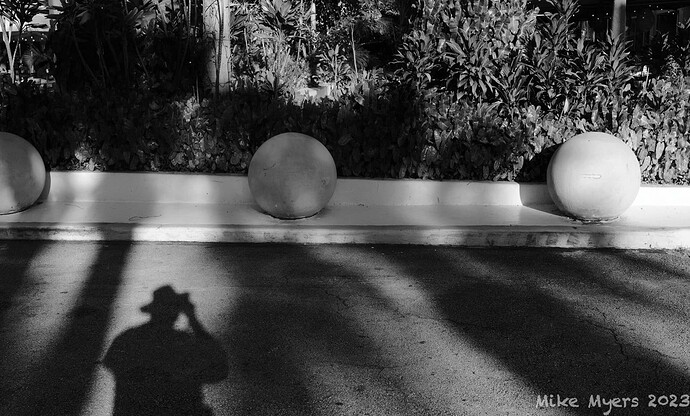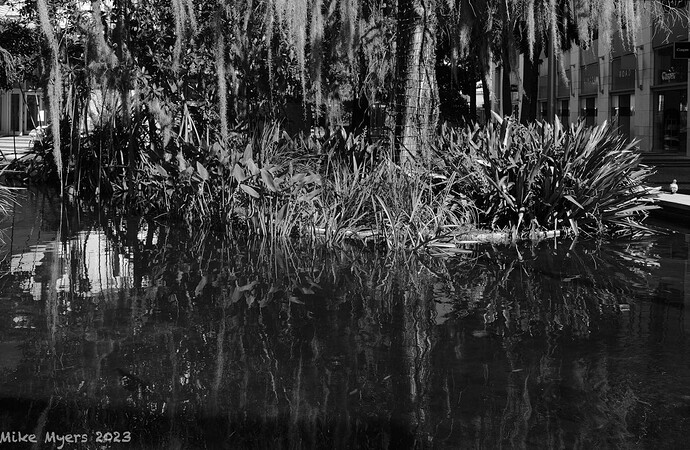Long ago, my Fuji X-Trans sensor cameras (X100, then X100S and now X-100F) weren’t supported in PhotoLab, but now they are.
I decided to dust off my X100F, and try to remember how to use it. This was a very handy camera for me, especially in India, mostly for capturing “snapshots”. As I used to think, for more serious photos I ought to use a more serious camera and use it “professionally”. Anyway, for the past week, I’ve been struggling to re-learn how to use the Fuji X100F.
It’s really a very capable camera - Ken Rockwell explained things best, as I saw it…
https://www.kenrockwell.com/fuji/x100f.htm
I sort of found a “conflict”. Years ago, I shot my X100F in raw, and once PhotoLab accepted the images, I processed them just as I would from any of my cameras.
Expecially after reading Ken’s review, Fuji has given us a huge amount of features, but to use many of them, I can’t shoot in ‘raw’.
It’s a great camera, with a huge amount of capabilities. Because of “social media” and other web postings, the newest model, the X100V is completely sold out for “forever”, and it’s no longer even listed for sale because Fuji is overwhelmed. My four year old Fuji, used, is worth almost twice what I paid for it new, because the demand is so great. (I didn’t believe this nonsense, until I started checking and found it’s all true.)
Jumping ahead, it seems like I have two choices - to use all the special “film formats” and the “digital zoom”, and to do a lot of what Ken Rockwell showed, I need to shoot in ‘jpg’ mode. I think DxO has so many film simulations, that I can accomplish most of this with DxO tools, but that kills some of the “fun” from the camera - shoot however I want, electronically transfer to my phone and post online or email.
As I sit here writing this, maybe I just need to plan on doing both - if I use the Fuji, either shoot in ‘raw’ and do what I usually do, or shoot for fun, and make use of all the built-in features.
I bought the camera because it was small, and powerful, and quiet, and almost felt like my rangefinder cameras. The built-in fill flash is wonderful. It can almost fit into a pocket. It’s perfect for “street photography”, which it was designed for, and not as good as more serious cameras for more serious photography.
I’m wondering if I’m the only one here who feels this way. PhotoLab is a “raw processor”, which means to get the best results, I again ought to shoot in ‘raw’ - but that wasn’t the purpose behind the X100 cameras.
My question for this post is, do others here shoot with the Fuji X-Trans Sensor, and do you usually shoot the Fuji in ‘raw’ or ‘jpg’? I’m just curious. I have no plans to give up my “better” cameras, but I like the idea of having a camera with me all the time, and my iPhone feels too limiting.

I intend to use the Fuji X100, mostly for “street photography” and also for “travel photography”. I have no plans to buy the newer X100V, as even if I wanted to, they are sold out for a long, long time… but I would like to have the “tilt screen”… For now, it’s a trade-off between ‘raw’ and ‘all the special Fuji modes’ - and my sometimes desire to publish photos right after capturing them.

